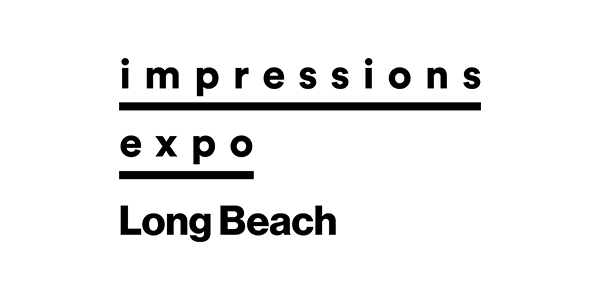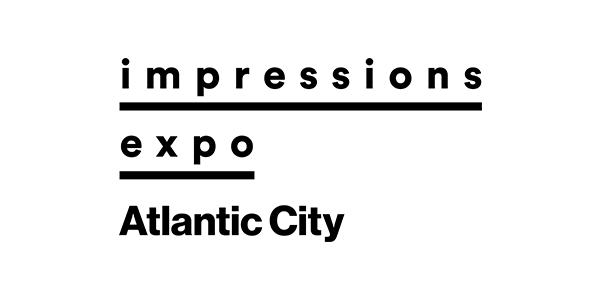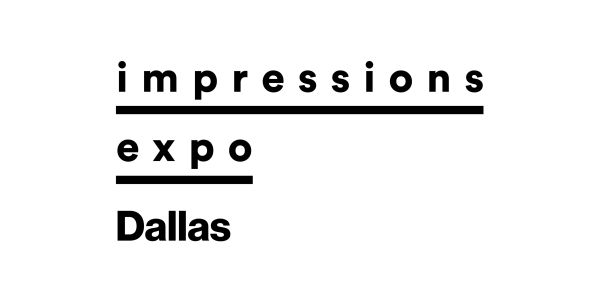It’s probably no surprise that Dylan Houser and Woody Kumetat of Philadelphia-based Pink’s Inks love the color pink.
“We have a pink logo, pink packing tape, pink mailers, pink gloves for screen cleanups and most of our shop is painted pink,” Houser says.
Best friends since high school, the duo started screen printing in 2017 after being laid off from their e-commerce jobs at a tattoo-industry publication. Thanks to a friend’s recommendation, they attended a three-day screen-printing course intended for newcomers.
“We’d never held a screen or pulled a squeegee before, but we had both worked for clothing companies in the past and had some experience dealing with screen printers,” Houser says.
By the end of the week, they were hooked. Houser purchased the equipment needed to set up shop in an old limousine garage devoid of windows, ventilation and air conditioning.
“Our first year was a sweaty one,” he recalls.
‘A Happy Accident’
The company’s name can be traced back to the day Houser was hit by a bus while riding his bicycle.
“After the accident, I was hospitalized for several weeks and bedridden for another six weeks,” he says. “The rehabilitation center I was in only had pink sinks, so after I came out of rehab, I joked about the sinks and called my Instagram account ‘pinksinks.’”
Seven years later, rather than open a new Instagram account, Houser changed the spacing in the name, added an apostrophe and Pink’s Inks print shop was born.
“It was really a happy accident that this joke between friends became the name of our company,” he says.
Sizing Things Up
Houser and Kumetat purchased a Vastex V-2000HD six-color/six-station screen-prining press and VRS pin-registration system, which allows film positives to be aligned off-press, then clamped onto the press in register.
Few shops in the area printed images as large as 15″ x 21″ on garments, so Houser and Kumetat purchased oversized pallets and invested in an exposure unit for oversized screens to give themselves a competitive edge.
“We worked in the tattoo industry for a long time, so a lot of our customers were tattoo artists,” Houser says. “The trend was oversized prints on T-shirts, hoodies and jackets — from collar to hip, if possible — so it was advantageous to have the right equipment for the job and not have to turn people away.”
Houser and Kumetat also invested in an LED exposure unit that accommodates screens with frames as large as 23″ x 31″. The unit is mounted on a screen-drying cabinet that holds screens up to 25″ x 36″.
“We’re able to expose screens in 45 seconds using LED vs. 10 minutes with regular fluorescent bulbs,” Kumetat says. “Not only are we more productive, but we’re more vigilant with the quality of our work. If we expose a screen and run a test print, and we’re not happy with the outcome, we can change it; it’s not an arduous task. And at the end of the day, the customer is happy because the print looks really good.”
After the first year, Pink’s Inks outgrew the limousine garage and moved to Globe Dye Works, a former yarn-dyeing factory built in the 1850s. The new facility included windows that flooded the shop with sunlight. This caused a problem during the film-exposure process.
“We were coating our screens in the sun, storing them in the sun and lining up films in the sun,” Kumetat says. “The emulsion is photo-responsive, so the sun was partly exposing the screens, and when we tried to burn a film onto it, it didn’t work properly.”
Houser and Kumetat solved the problem by building a dark room for their screen- coating functions.
Curing Upgrades
When the duo first set up shop, they purchased a LittleRed X1-30 infrared conveyor dryer with a 30″ x 48″ conveyor belt. As the business grew, they added an 18-inch conveyor belt extension. Several months later, they added another 18-inch extension and heating chamber, doubling the conveyor-belt speed.
“At the time, we couldn’t afford to purchase a larger dryer, so we loved the fact that we could upgrade the one we had,” Houser says. “Finally, we got to a point where a new dryer was in our price range.”
Houser and Kumetat chose a BigRed V54 dryer with a 54-inch-wide belt and three heaters per chamber. “The belt is about twice as wide and the heating chamber is roughly three times the size of our original LittleRed, so we can dry twice as many shirts at a faster rate of speed,” Houser says.
He anticipates the big dryer also will speed up the drying process when printing with specialty inks, which typically require a slower cure time.
“We print a lot of black-on-black using reflective ink,” Houser says. “It’s a unique upsell for our customers. Not only does it look cool, but it can be a great safety feature.”
The ink contains glass beads that reflect artificial light, causing the printed image to glow in the dark. According to Houser, it’s challenging to work with reflective ink; applying too much causes the beads to sink to the bottom rather than stay close to the surface, where they reflect light more effectively.
The beads also reflect heat during the drying process, which necessitated reducing the dryer’s belt speed, limiting capacity to 40-50 shirts per hour. Houser expects the larger dryer to cure at higher rates when pressed into service.
Today, Pink’s Inks is thriving. The shop caters to a mixed clientele of local tattoo artists, streetwear companies, and mom-and-pop shops.
“No matter how much we grow, we always want to help out the guy down the street, because you can’t forget where you came from,” Houser says. “It’s the small, local businesses that gave us a chance to get in the game.”
Mark Vasilantone is owner of Vastex Intl. Inc. and builds on the legacy of his father, Michael Vasilantone, the company’s founder in 1960 and an inventor and pioneer in mass producing screen printed T-shirts. For more information or to comment on this article, email Mark at [email protected].





